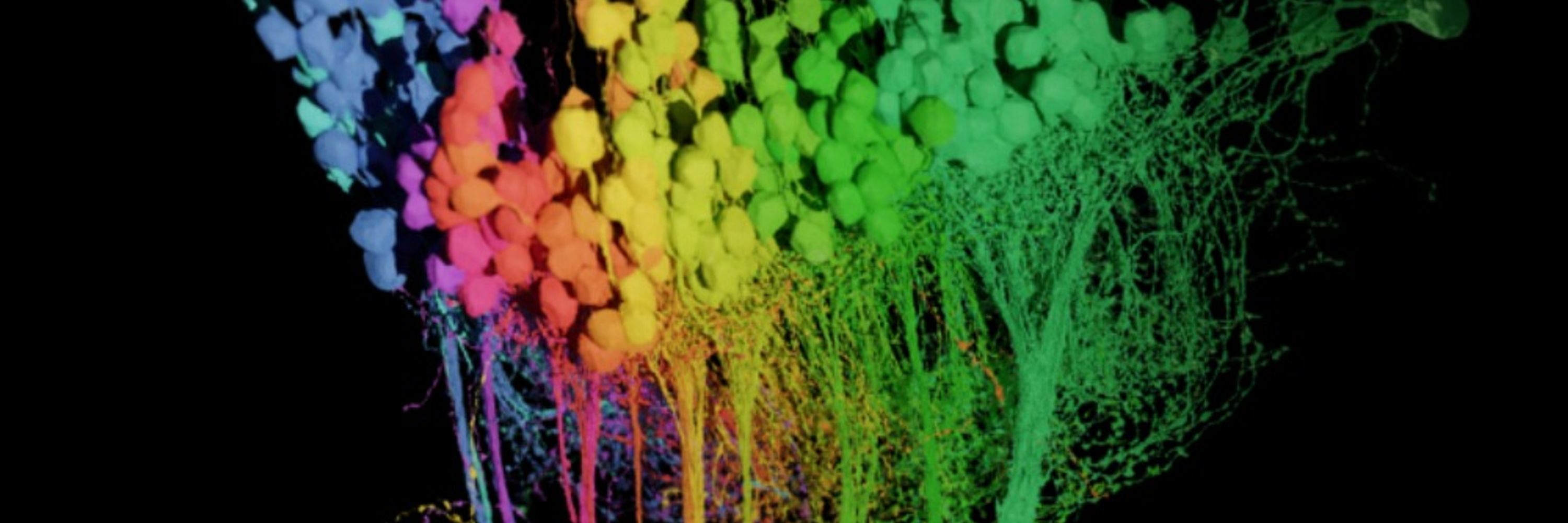
kjherrera.com

We compared deer mice evolved in forest vs prairie habitats. We found that forest mice have:
(1) more corticospinal neurons (CSNs)
(2) better hand dexterity
(3) more dexterous climbing, which is linked to CSN number🧵
We compared deer mice evolved in forest vs prairie habitats. We found that forest mice have:
(1) more corticospinal neurons (CSNs)
(2) better hand dexterity
(3) more dexterous climbing, which is linked to CSN number🧵
Menstruation is understudied due to societal taboos + a biological challenge: mice (a key system for research + drug discovery) don’t menstruate.
@cagricevrim.bsky.social made menstruating mice + used them to discover early events in menstruation.
He is on the job market!
@karalmckinley.bsky.social
We built the first transgenic model of menstruation in mice.
We used it to uncover how the endometrium organizes and sheds during menstruation. 🧪
www.biorxiv.org/content/10.1...
🧵

Menstruation is understudied due to societal taboos + a biological challenge: mice (a key system for research + drug discovery) don’t menstruate.
@cagricevrim.bsky.social made menstruating mice + used them to discover early events in menstruation.
He is on the job market!
doi.org/10.1126/scia...
doi.org/10.1126/scia...
www.biorxiv.org/content/10.1...
How do #dopamine neurons perform the key calculations in reinforcement #learning?
Read on to find out more! 🧵
www.biorxiv.org/content/10.1...
How do #dopamine neurons perform the key calculations in reinforcement #learning?
Read on to find out more! 🧵
Excited to present WHOLISTIC, which extends the concept of whole-brain functional imaging to the entire body. Pioneering work by incredibly talented Virginia Ruetten @vmsruetten.bsky.social, this platform reveals whole-organism cellular dynamics in vivo.
www.biorxiv.org/content/10.1...
Excited to present WHOLISTIC, which extends the concept of whole-brain functional imaging to the entire body. Pioneering work by incredibly talented Virginia Ruetten @vmsruetten.bsky.social, this platform reveals whole-organism cellular dynamics in vivo.
www.biorxiv.org/content/10.1...
new group Brain Algorithms and Circuits @mpibrain.bsky.social !
🧠 Fully funded PhD & Postdoc
🐟 Larval #zebrafish model
🔬 Imaging, electrophysiology, EM
💻 #SystemsNeuroscience
👉 brain.mpg.de/schuhknecht
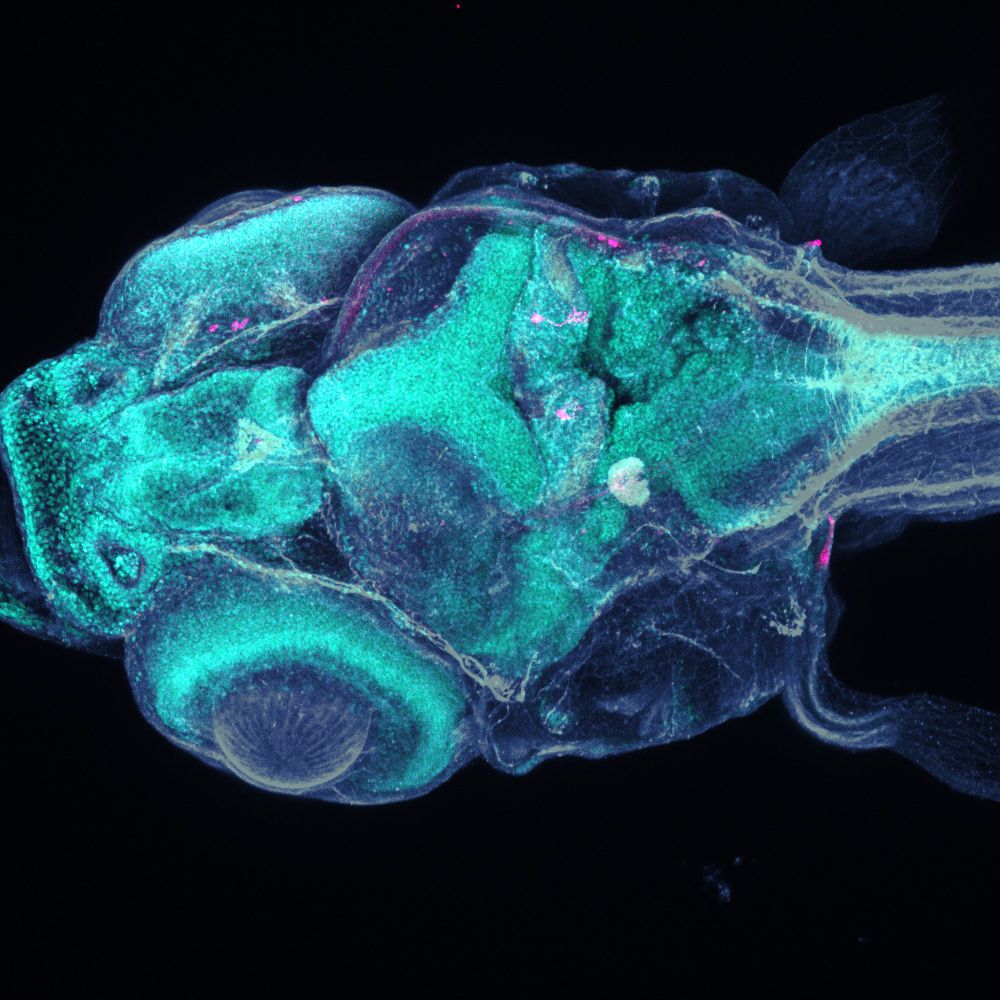
new group Brain Algorithms and Circuits @mpibrain.bsky.social !
🧠 Fully funded PhD & Postdoc
🐟 Larval #zebrafish model
🔬 Imaging, electrophysiology, EM
💻 #SystemsNeuroscience
👉 brain.mpg.de/schuhknecht
We discovered that evolution, by acting in the midbrain, shifted the threshold to escape in Peromyscus mice, to fine-tune defensive strategies in different environments
www.nature.com/articles/s41...
This was a truly collaborative effort! 🧵⬇️
We discovered that evolution, by acting in the midbrain, shifted the threshold to escape in Peromyscus mice, to fine-tune defensive strategies in different environments
www.nature.com/articles/s41...
This was a truly collaborative effort! 🧵⬇️
www.mcb.harvard.edu/department/n...
@nbellono.bsky.social @rachellegaudet.bsky.social @naoshigeuchida.bsky.social @neurovenki.bsky.social @dulaclab.bsky.social

www.mcb.harvard.edu/department/n...
@nbellono.bsky.social @rachellegaudet.bsky.social @naoshigeuchida.bsky.social @neurovenki.bsky.social @dulaclab.bsky.social
🧠🧪 #AcademicSky #higherEd
www.mcb.harvard.edu/department/n... @nbellono.bsky.social @rachellegaudet.bsky.social @naoshigeuchida.bsky.social @neurovenki.bsky.social @dulaclab.bsky.social @harvardbrainsci.bsky.social @cellpress.bsky.social

🧠🧪 #AcademicSky #higherEd
www.mcb.harvard.edu/department/n... @nbellono.bsky.social @rachellegaudet.bsky.social @naoshigeuchida.bsky.social @neurovenki.bsky.social @dulaclab.bsky.social @harvardbrainsci.bsky.social @cellpress.bsky.social
dx.plos.org/10.1371/jour...
dx.plos.org/10.1371/jour...
With the PATHFINDER preprint (www.biorxiv.org/content/10.1...), we preview a future where it doesn't have to.
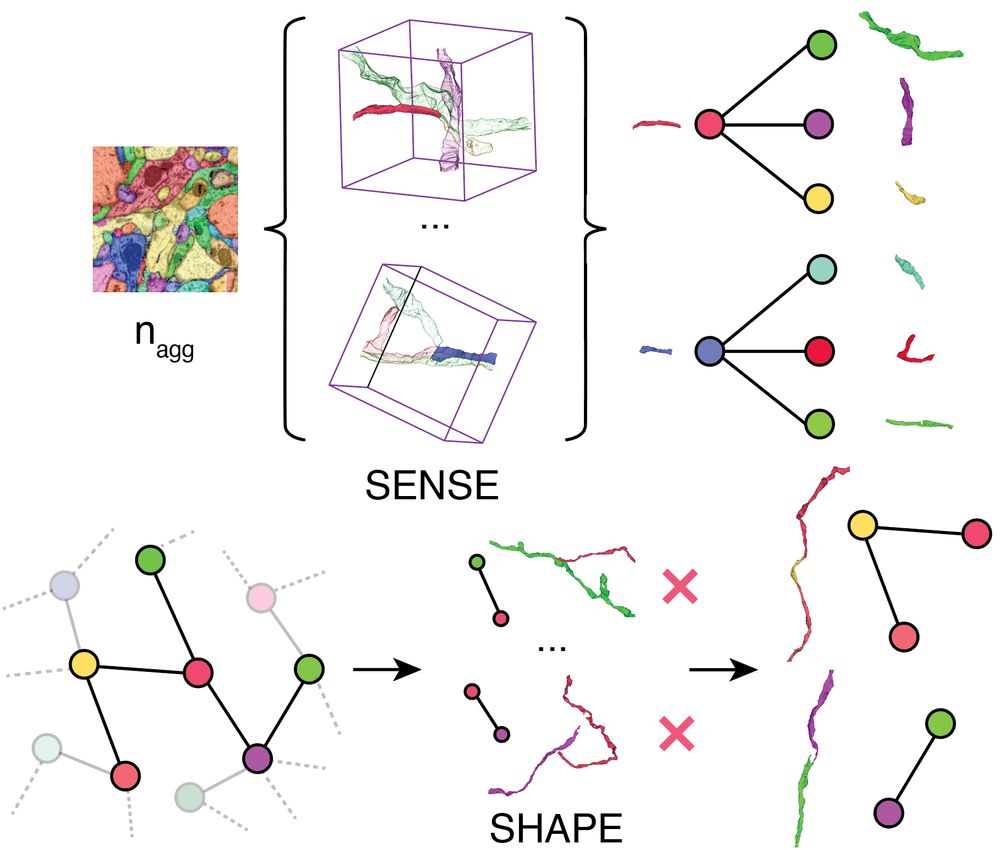
With the PATHFINDER preprint (www.biorxiv.org/content/10.1...), we preview a future where it doesn't have to.
science.org/doi/10.1126/... 1/8
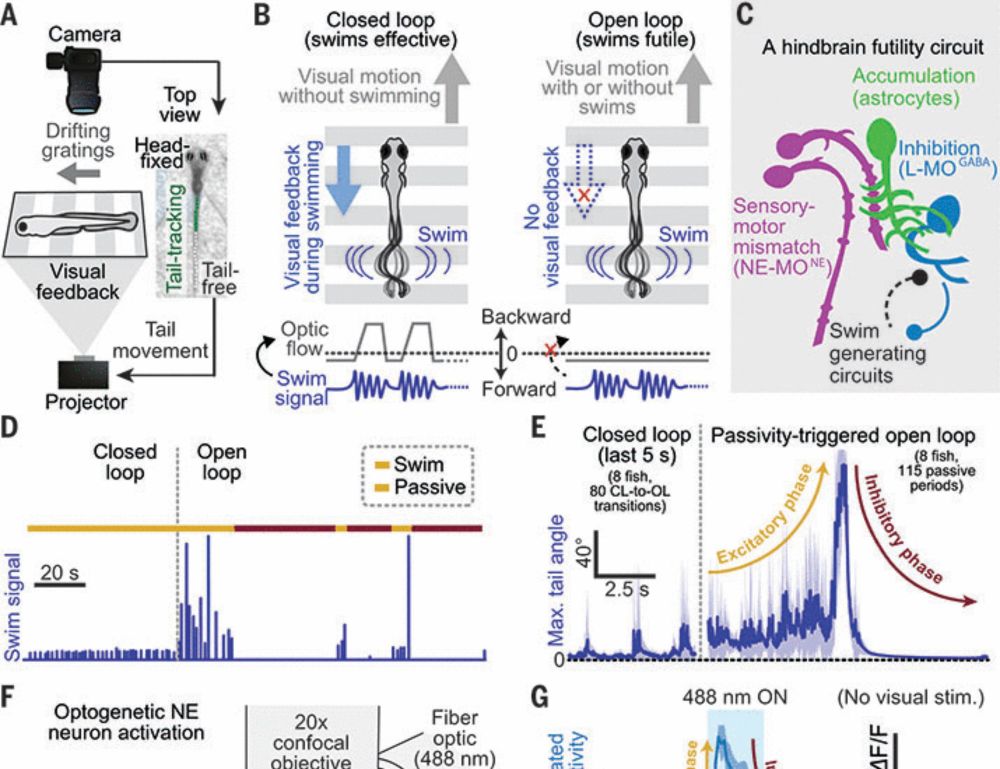
science.org/doi/10.1126/... 1/8


We are looking for a lab technician, a lab manager and researchers to join us in this new chapter. Read the post here: portugueslab.com/the-lab-is-h...
Reach out to us if you are interested.
We are looking for a lab technician, a lab manager and researchers to join us in this new chapter. Read the post here: portugueslab.com/the-lab-is-h...
Reach out to us if you are interested.
www.biorxiv.org/content/10.1...

www.biorxiv.org/content/10.1...
(1/12)

(1/12)
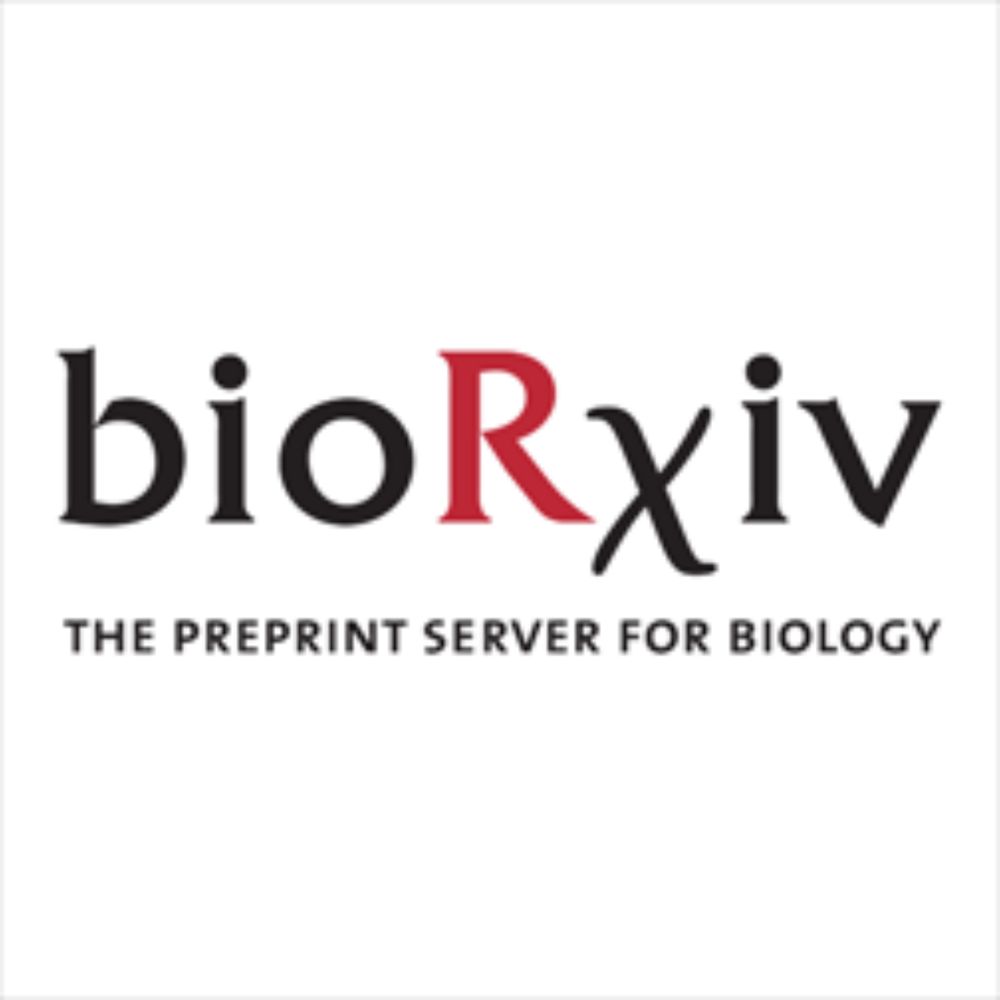

Explore interactive visualizations, datasets, code + paper: google-research.github.io/zapbench
🧠🧪
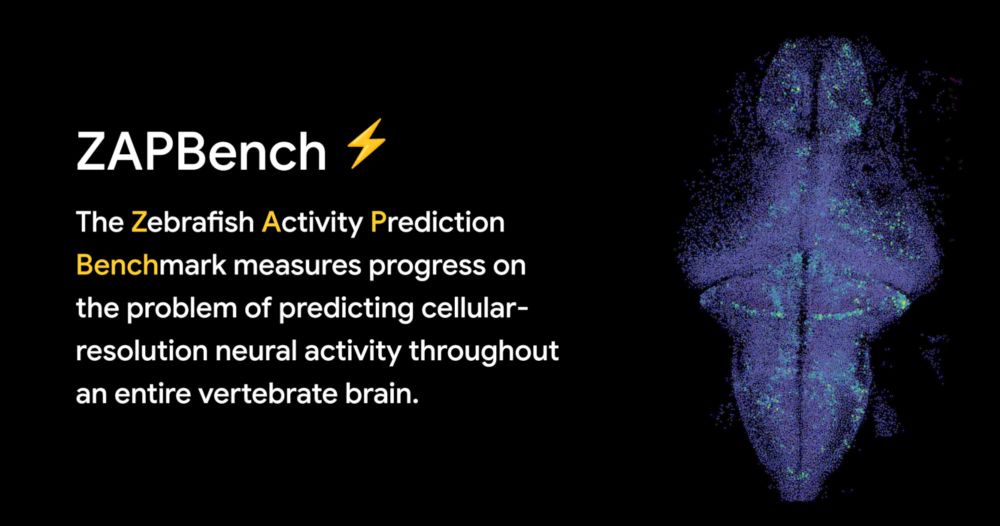
Explore interactive visualizations, datasets, code + paper: google-research.github.io/zapbench
🧠🧪
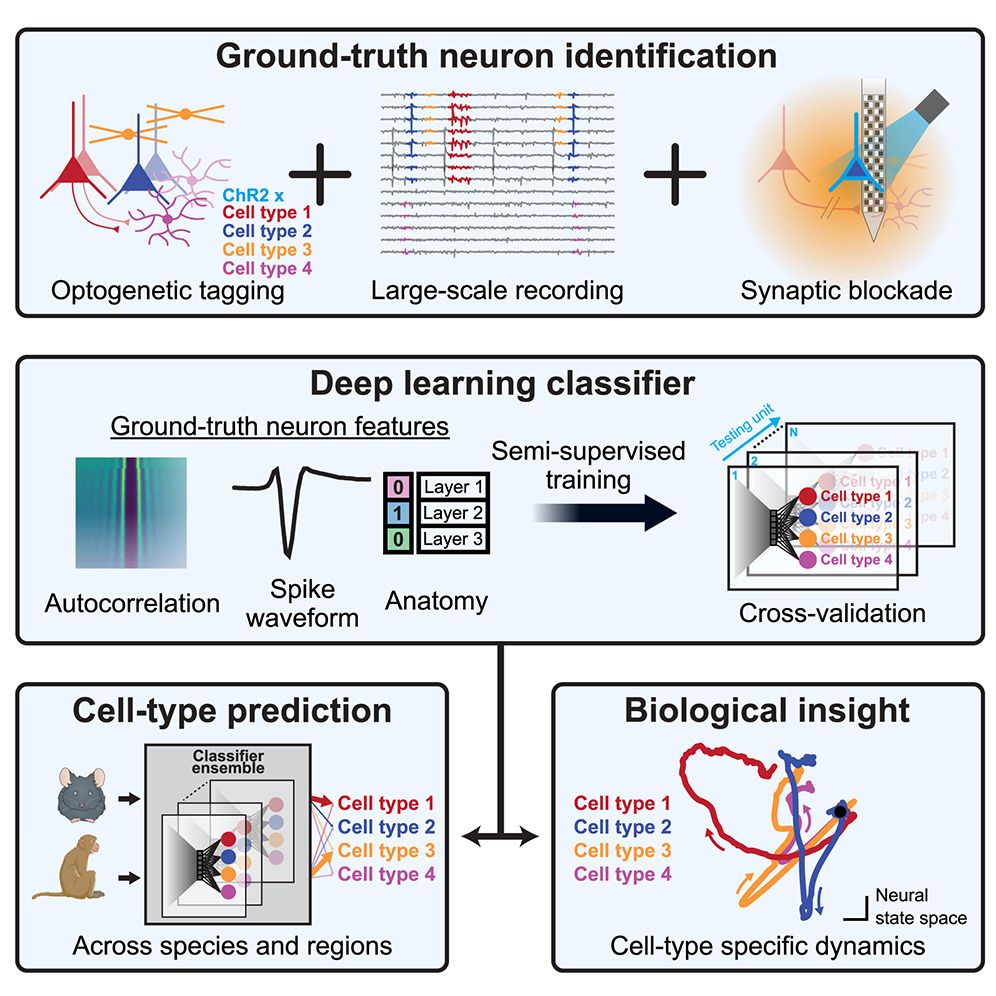
rdcu.be/ebo63

rdcu.be/ebo63

